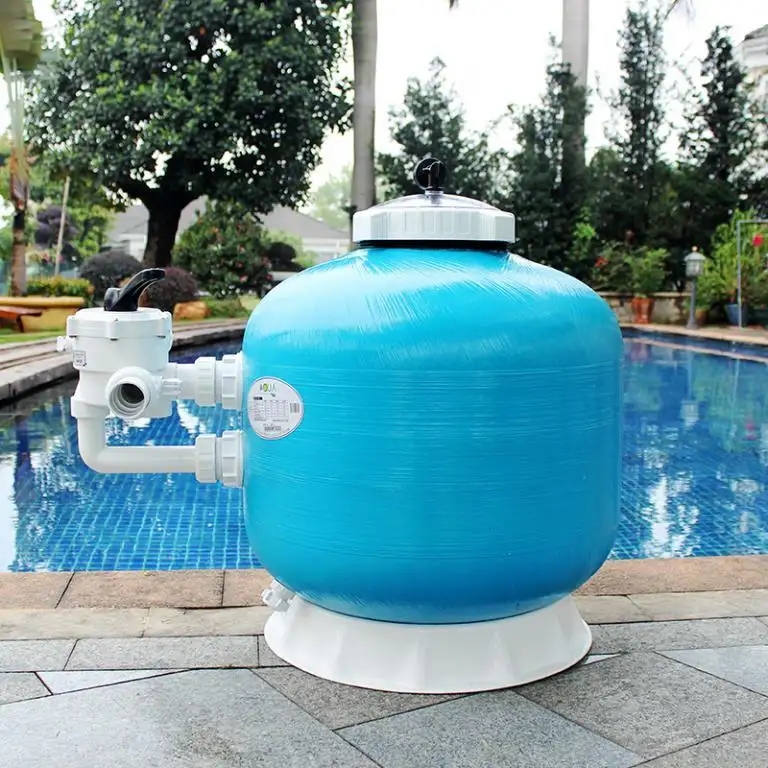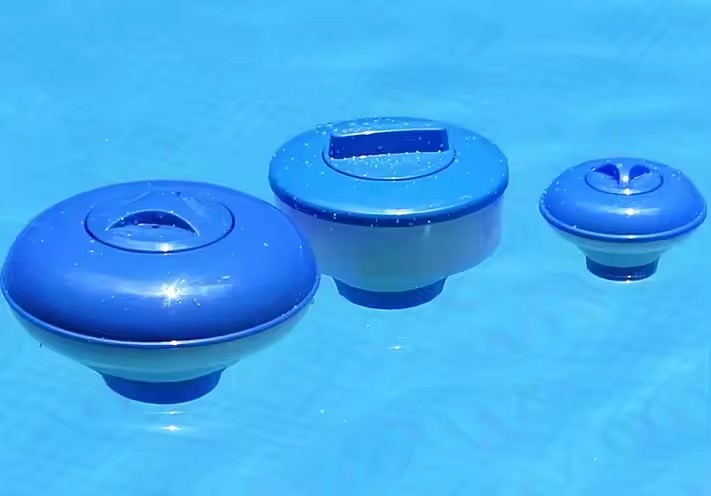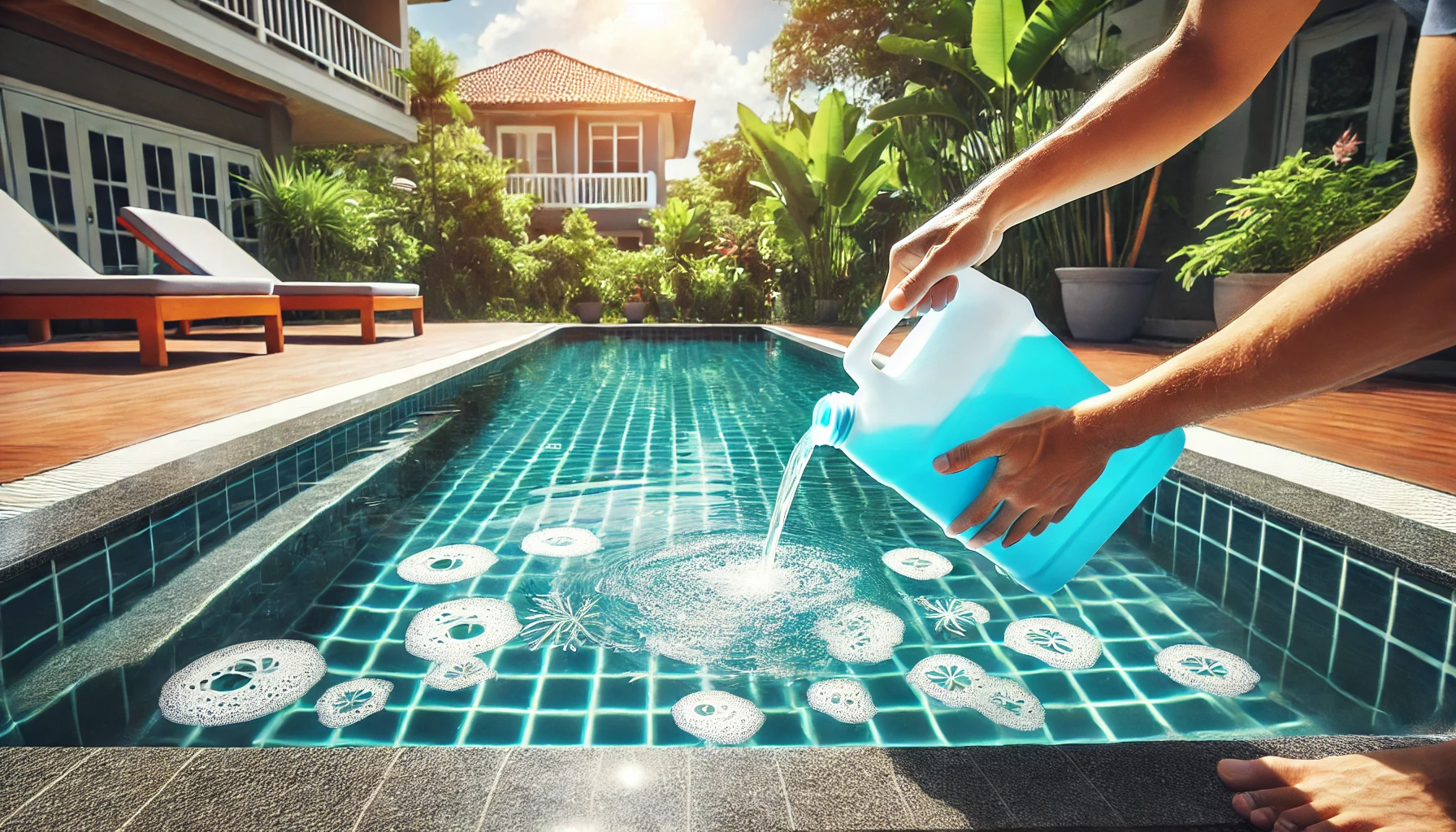A circulating water filter is a commonly used type of filter in water circulation treatment. It employs sand as the filtering medium to process water with high turbidity, aiming to remove suspended matter, organic substances, and microorganisms. This process helps achieve the goal of reducing water turbidity. Consequently, the cleanliness of water quality is closely related to the type of sand used in the filter screen. This article delves into the detailed considerations for selecting filter materials based on specific requirements.

1. Using Quartz Sand as Raw Material
Quartz sand is a frequently utilized filter material in circulating cooling water filters. Derived from natural quartz ore, it undergoes processes such as crushing, screening, washing, drying, and secondary screening. While quartz sand has found widespread use in water treatment, its interception performance against extremely small microorganisms and particles remains limited. Additionally, its filtration ability for heavy metals is suboptimal, impacting the removal of heavy metal impurities from water. Our company’s processed quartz sand filter material significantly improves filtration efficiency, resulting in no secondary pollution and a substantial reduction in disinfectant dosage. This enhancement also contributes to improved water quality.
It is crucial to note that neglecting to replace the filter material for an extended period may lead to hardening, affecting the normal operation of the system. Moreover, microorganisms can easily proliferate on the surface of quartz sand, negatively impacting filtration effectiveness, causing secondary pollution, and worsening water quality.
2. Diatomite Filter Material
As a new type of filter material, diatomaceous earth exhibits effective interception and absorption effects on suspended solids in water bodies. It not only retains suspended matter well but also effectively removes organic matter, spores, bacteria, and more.
Despite its wide usage in water treatment, several challenges persist in the current application of diatomite. Firstly, the cost of diatomite is relatively high and not conducive to direct discharge. Therefore, studying recycling methods becomes necessary to minimize economic costs and reduce resource waste. Secondly, diatomaceous earth might not be the most cost-effective solution for large swimming pools and sewage systems, particularly with a high number of swimmers.
Diatomaceous earth filter material is better suited for swimming pools with fewer swimmers due to its high water quality requirements and relatively small-scale water treatment. When selecting diatomite filter media, considerations should include water quality requirements, economic costs, and system scale to determine the best application occasion for the filter media.
3. Perlite Filter Material
The filtration precision of perlite filter material is not exceptionally high, and compared with diatomaceous earth, the transparency of the filtrate made from perlite is relatively lower. Its filtration effect might not necessarily surpass some high-efficiency filter materials, making it potentially unsuitable for occasions with stringent water quality requirements. However, perlite filter material has its unique advantages.
Unlike diatomaceous earth, perlite filter material can be drained directly without causing clogging of the filter material. Therefore, in certain situations, especially those with low emission standards, using perlite as a filter medium is a feasible method.
In summary, selecting appropriate filter materials is essential to ensure the long-term stable operation of the system. With numerous options available, a careful consideration of water quality, system requirements, and economic efficiency becomes a crucial step. After reasonable screening, the system’s performance can be maximized, ensuring the efficiency of the filter.


